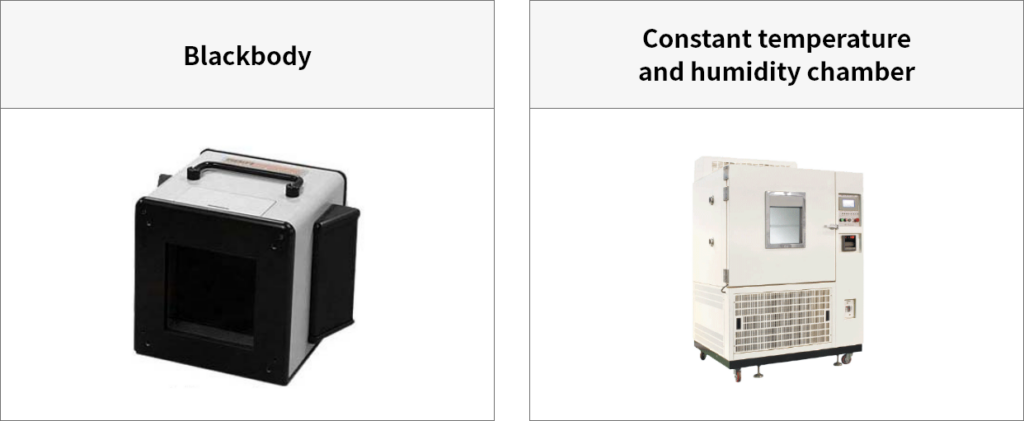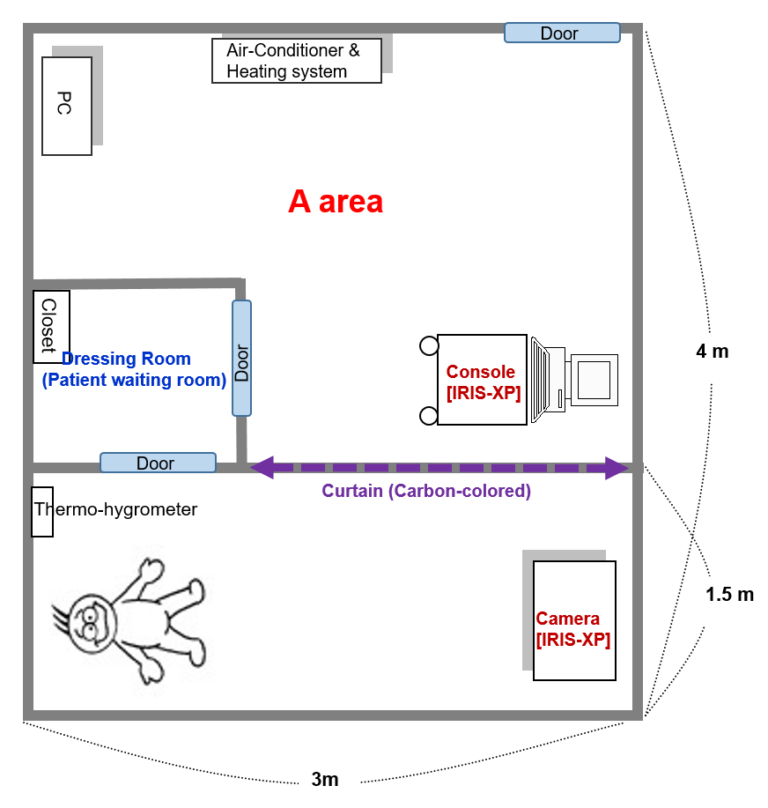FAQ
1. What is the Infrared Thermography System?
Infrared Thermography System displays the thermal images of sensitive changes on the pain area by detecting the extra minimum infrared ray emitting from the body.
It is very useful equipment to diagnose the Neuropathy, Breast cancer, Physiological Problems, Inflammation and Circulatory disorder which are difficult to be found by CT or MRI without any radiation.
Also, it can be used on pregnant women and infants since it’s non-invasive and harmless to the human body.
2. What makes IRIS-XP better than other thermography system?
Medicore, which succeeded in domestically producing infrared thermography for the first time in Korea in 1995, which had previously relied on imports from the United States and Japan, currently has a market share of more than 80% of domestic hospitals and has more than 200 clinical papers written using IRIS-XP.
IRIS-XP is the only technically and clinically certified thermography system by the Korean Society of Thermology and has acquired international standards such as US FDA, CE-MDD, NMPA and MFDS.
All thermal images produced by infrared camera have the characteristic that the measured temperature varies depending on temperature imbalance between each pixels and changes in the environment.
Medicore has developed its own temperature compensation algorithm and has the technology to accurately measure temperature even in the imbalance between each pixels and changes in the surrounding environment temperature.
In addition, in the production process, we produce IRIS-XP through temperature calibration and verification using a constant temperature and humidity chamber and a blackbody.
Anyone can make a similar product. However, not everyone can make a product that can be trusted and qualified. Not all products are the same just because they look similar.
Only products with clinical capabilities, excellent performance & technology, customer service, and company awareness can declare differentiation. We, Medicore, have our own patented technologies and algorithms and develop the products based on clinical studies.

3. What is the requirement for thermography examination room?
Room Conditions for Thermal Screening
1) Temp.: 23±2℃ (21~25 ℃)
2) Humidity: 30~75%
3) Air flow: Uniform/Constant
4) Illumination: Avoid direct light to the patent
5) Sunlight: Avoid any sunlight in the room *Air-conditioner/Heating System and light Should be installed in A area.

4. How long does the examination take?
– Specific Part (hands, Foot, Back for 2~3 images): about 5 minutes
– Parts for Neural Diseases (Cervical or Lumbar series for 5~6 images): about 10 minutes
– Full body (12~15 images): about 15~20 minutes
5. Does the patient have to take off the clothes during the examination?
The patient must take off the clothes in the area to be taken since infrared rays cannot be detected due to the clothes.
– Examination for the upper extremities: take off the top clothes
– Examination for the lower extremities: take off the bottoms
[However, when taking the buttocks, take down the underwear lower to the knees.]
6. What should the patient prepare before examination?
1) Preparation the day before the test
– Discontinuation of physical treatments
– Avoid tests and treatments that irritate the skin
– Consult with doctor when taking medication [Ex: Blood circulation enhancer, Inflammation reliever, etc.)
2) Preparation on the day of examination
– Avoid physical or hyperthermia therapy that cause severe stimulation to the body
– Do not apply lotion, ointment, or cream
– Do not smoke or drink alcohol
– Do not wear accessories (rings, necklaces, etc.)
– Avoid rubbing the skin before measuring.
– Wear comfortable clothes
– Avoid testing during menstruation
7. Is there an academic society conducting clinical research on medical thermography?
The Korean Society of Thermology was established in 2001 and is held twice a year. And, they have published many clinical papers to advance the study of medical thermography.
In addition, they have held the Congress of Asian Thermology and the Congress of World Thermology in Korea for academic exchanges with US, Europe, Japan and other countries.
Website: www.thermology.or.kr
8. What is the clinical value of thermography?
For lumbosacral diseases, there is a clinical correlation of about 85% with CT, MRI, and Myelography, and about 80% with EMG.
And, it is very useful to diagnose the Neuropathy, Physiological problems, Musculoskeletal Disorder, Inflammatory diseases and Autonomic Nervous System abnormalities which are difficult to be found by CT or MRI which can show only structural abnormalities.
It can also be used for Breast Screening to detect cancer by examining abnormal blood flow or tissue abnormalities in the breast.
Since thermography is non-invasive and relatively risk-free, it is an extremely valuable tool in health care evaluation. Furthermore, the sensitively of this advanced technology can prove to be invaluable in the detection of even invisible pain.
Not only can such technology be used to be helpful in making make accurate and objective diagnosis, it can also be very useful in monitoring the patient program and gauge the patient’s response to various treatments.
9. What diseases can be diagnosed only with Thermography?
1) Autonomic Nervous System Abnormalities : CRPS (Complex Regional Pain Syndrome), RSD (Reflex Sympathetic Dystrophy)
2) Various Pains related to Nerve Compression Diseases : Vertebral Disease, Peripheral Nerve Disease
(disc patients, plexus damage, CTS, whiplash injury)
3) Musculoskeletal Diseases : Fibromyalgia Syndrome, Muscle Activation & Muscle Atrophy Condition
4) Inflammatory Diseases : Cellulitis, Rheumatism, Soft Tissue Abnormalities
5) Abnormal Blood Vessel Proliferation : Early Detection of Breast Cancer, Presence of Peripheral Blood Vessel Occlusions
10. In which department is the thermography system mainly used?
It is mainly used in Neurosurgery, General surgery, Pain medicine, Rheumatology, Rehabilitation and Orthopedics.
